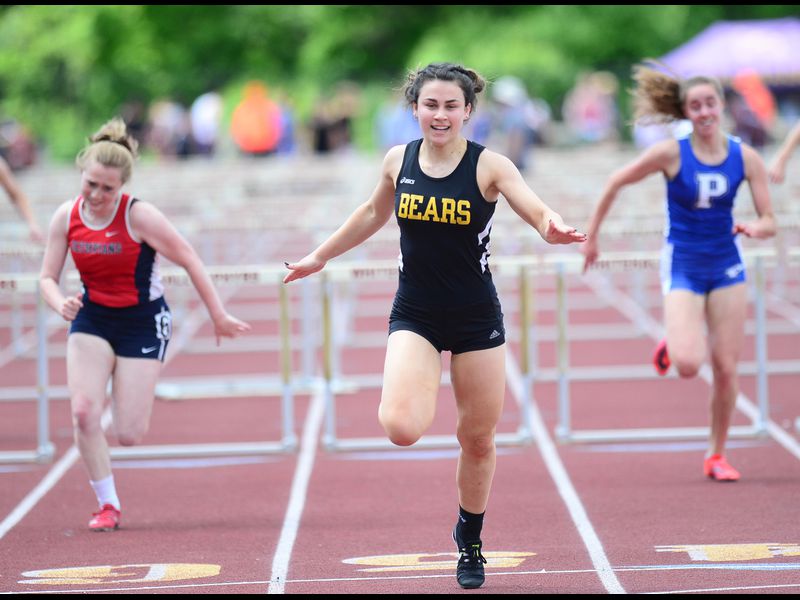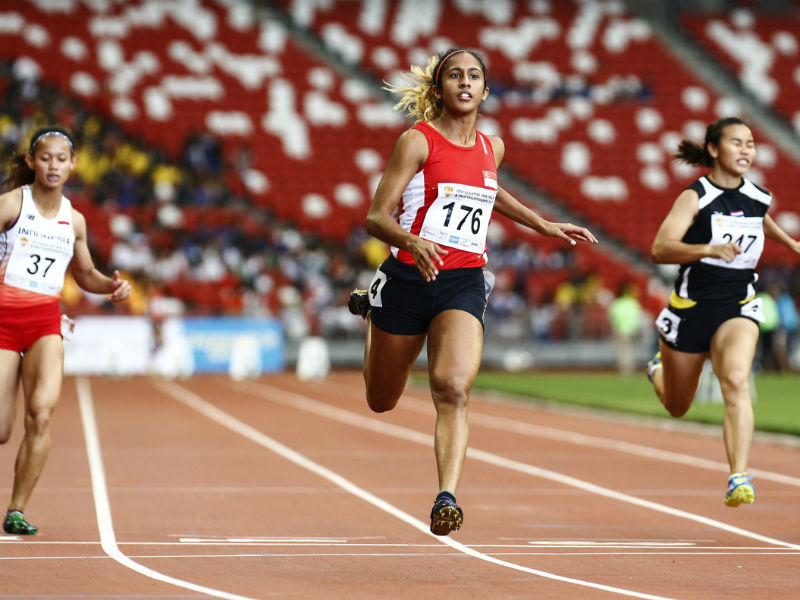June 1973. The capital of Belarus hosts the 11th track and field match in which the teams of the Soviet Union and the United States take part, whose athletes won the lion’s share of awards at several consecutive Olympics.
Among those who performed in front of the Minsk audience at that time were the champions of the 1972 Tokyo Games Viktor Saneyev (triple jump), David Wattle (800 m run), Lyudmila Bragina (1500 m), Nadezhda Chizhova (core) and Faina Melnik (disc).
In the face-to-face confrontation, the Soviet athletes won a confident victory. The next opportunity to host the strongest athletes of the world was given to the Belarusians only 46 years later.
Match meetings between the USSR and U.S. national teams have long been the world’s premier athletics events in non-Olympic years. The first meeting of Soviet and American athletes was held in July 1958 in Moscow.
The guests were considered to be favorites before the start of the competition, but the hosts won the competition. A year later in Philadelphia, U.S. track and field athletes could take revenge, but they failed.
Only at the sixth match, which was held in July 1964 in Los Angeles, the Americans defeated the USSR team. Only in 19 confrontations the U.S. national team won three times, the Soviet athletes – 15, and once (in 1971) was recorded a draw. The last face-to-face meeting of the USSR and United States teams took place in September 1985 in Tokyo, and the Soviet athletes won the victory then.
Until 1983, when the first ever World Cup was held in Helsinki, the best athletes living on different continents had the opportunity to compete with each other only at the Olympic Games, once every four years. That’s why the match matches between Soviet and American athletes turned out to be very popular among spectators and athletes themselves.
The confrontation between superstars from the USSR and the USA moved the whole world athletics forward and aroused a lot of interest among athletes from other countries. By the middle of the 70s of the last century, their colleagues from African countries, East and West Germany, Great Britain and Italy started to compete with Soviet and American athletes.
The decision to hold regular World Championships and the emergence of competitive athletes in other countries of the world caused the interest in the matches between the USSR and the United States to weaken. In search of a way out of the situation, it was decided in 1985 to hold these competitions on neutral territory (in Tokyo), but the desired result, despite all efforts, was not achieved.
It became clear that in the then multi-polar athletics world, the competitions between the two continuing great sports powers became anachronistic and should be completed.
Europe has challenged the United States
The idea of holding match meetings where world athletics stars could meet again was resurrected by Sven Arne Hansen, President of the European Athletics Association (EA), in 2017.
In search of new ways to develop the EA on the continent, which received the support of American colleagues, came to the conclusion that the match between the national teams of Europe and the U.S. will be a successful sporting event, which will be in demand by both athletes and spectators. The venue of the first team athletics meeting was the city on the Svisloch River.

The match between the national teams of Europe and the United States will be held from 9 to 10 September at the Dynamo stadium in Minsk. Eight athletes (four from Europe and four from the United States) will perform in each program.
The European team includes 152 people (76 men and 76 women each). Among them are five Russians: high jumpers Maria Lasitskene and Ilya Ivanyuk, pole vaulter Anzhelika Sidorova, 110m hurdler Sergey Shubenkov and hammer thrower Denis Lukyanov.
“Participation in the Europe-USA match, which will be attended by many of the world’s leading athletes, is important for our athletes. I am very glad that five Russians managed to qualify for the European national team.
I am sure that they will perform with dignity and prove that Russian athletics is alive. Moreover, it is competitive at the world level,” said Dmitry Shlyakhtin, President of the All-Russian Athletics Federation, in his interview with the TASS correspondent.
Repeated world and European champion Lasickienė and bronze medalist of the 2018 Summer European Championship Ivanyuk, who specializes in high jump, have the best results of the season in the world (2.06 and 2.33 m, respectively).
Silver medalist of the 2018 Winter World Cup in pole vaulting Sidorova has the second result of the season in the world and the first – in Europe (4.86 m). The silver medalist of the 2018 European Championship and 2017 World Cup in the 110 m hurdles with Shubenkov’s barriers has the second result of the season in Europe and the fourth in the world (13.12 seconds).
Lukyanov threw a 78.97-metre round at Sochi in February; this result was surpassed by two Polish athletes: Wojciech Nowicki (81.74) and Pavel Fajdek (80.88) in 2019.
When forming the European team, the results of the European Cup (super league), continental rating (as of August 13) were taken into account. The inclusion of ten Belarusian athletes in the final application was also a prerequisite.
The European team included such titled athletes as the current world champion in the 200 m race Ramil Guliyev (Turkey), world champion, European champion and Olympic champion in pole vaulting Katerina Stefanidi (Greece).
Sandra Perkovic (Croatia), holder of two Olympic gold medals in discus throwing, Piotr Malahowski (Poland), world champion in discus throwing, Thomas Röhler (Germany), winner of the 2016 Olympic javelin throwing competition, and many others. The U.S. national team, according to the organizers of the competition, will be announced until August 19.


